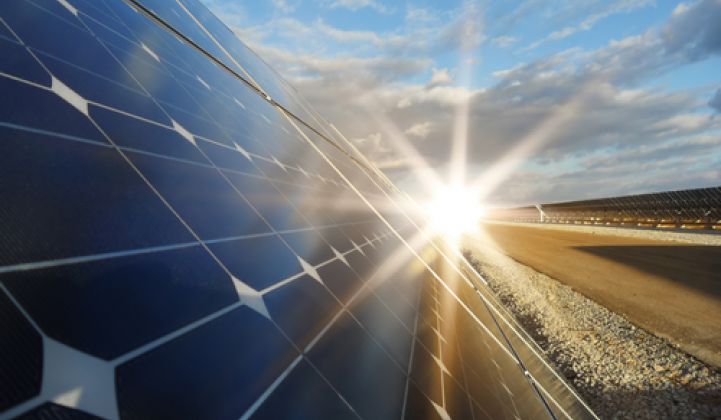Wind, solar, geothermal and biomass are surpassing hydropower as the dominant forms of renewable electricity. And according to data from the U.S. Energy Information Administration, this new ranking is expected to last throughout the rest of 2014 and beyond.
April was the eighth consecutive month that non-hydro renewable generation exceeded hydropower, according to EIA. Non-hydro resources also include geothermal and biomass, although wind and solar dominate the growth in renewables.

The picture is not the same nationwide. In the Pacific Northwest and New York, for example, hydropower still reigns. But in many regions, including California and the Midwest, wind and solar are playing a far larger role, and some hydropower resources are shrinking in drought-stricken regions.

Most of the growth in renewables is due to renewable portfolio standards and tax credits. Distributed generation is increasingly competing on a cost basis, although the EIA data only reflects electricity generation sources that are larger than 1 megawatt. For many states, renewable portfolio standards do not include large hydro resources, and some do not include any hydropower.
The first time non-hydro generation exceeded hydropower was nearly two years ago in October 2012, but that was a momentary blip. Although hydro could overtake other renewables during its high seasons, EIA is forecasting that 2014 will be the first year that non-hydro renewables will surpass hydropower in terms of generation.
Once other renewable technologies take the lead, they will hold on tight. EIA’s reference case, which is one of the more conservative in terms of renewable projections, sees non-hydro renewables growing at an average rate of about 3.2 percent per year through 2040.




